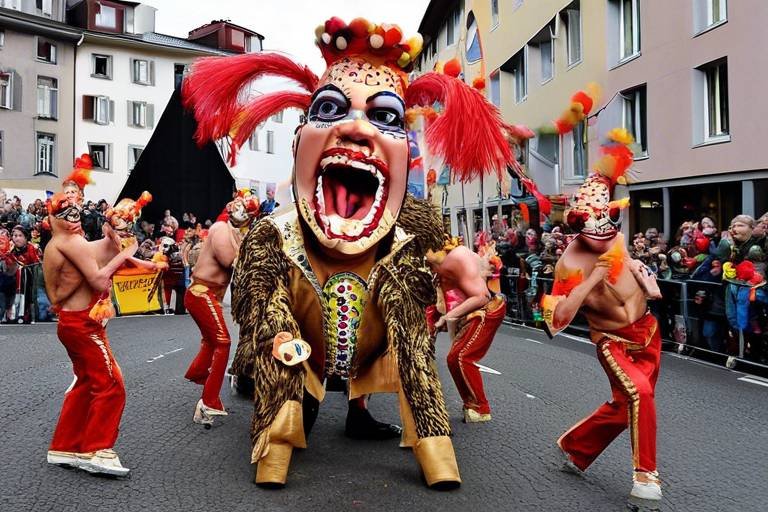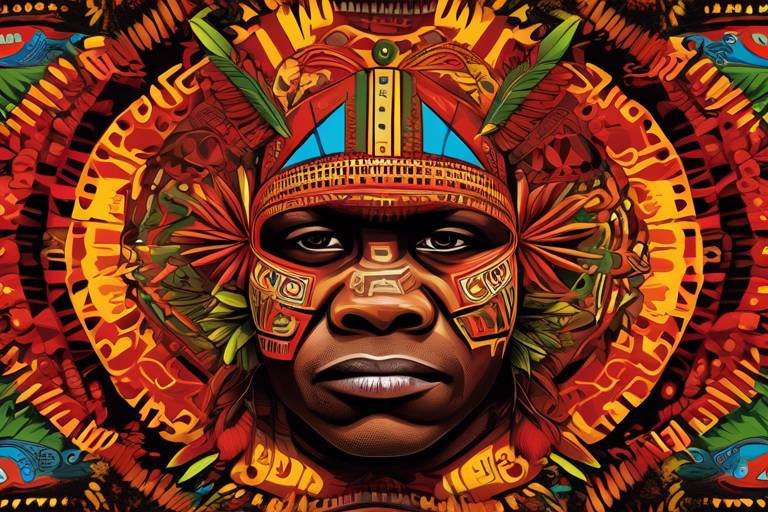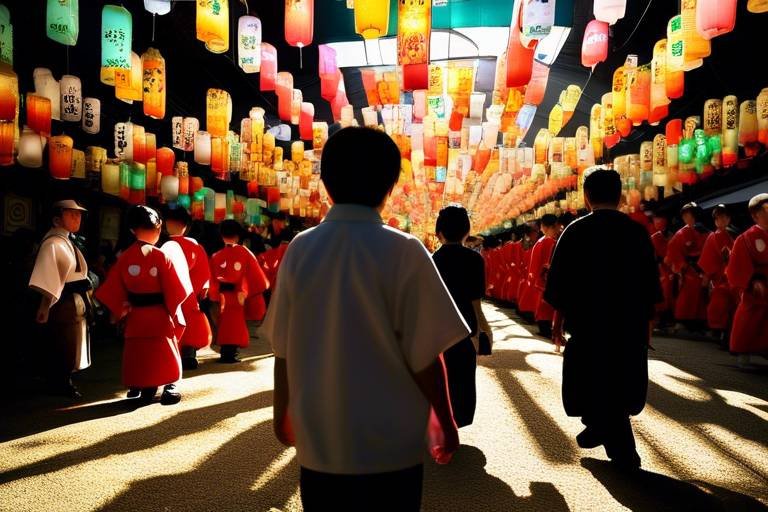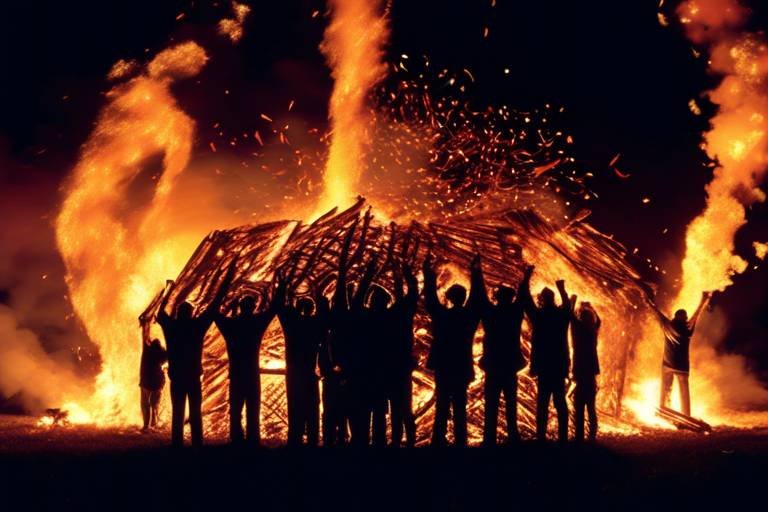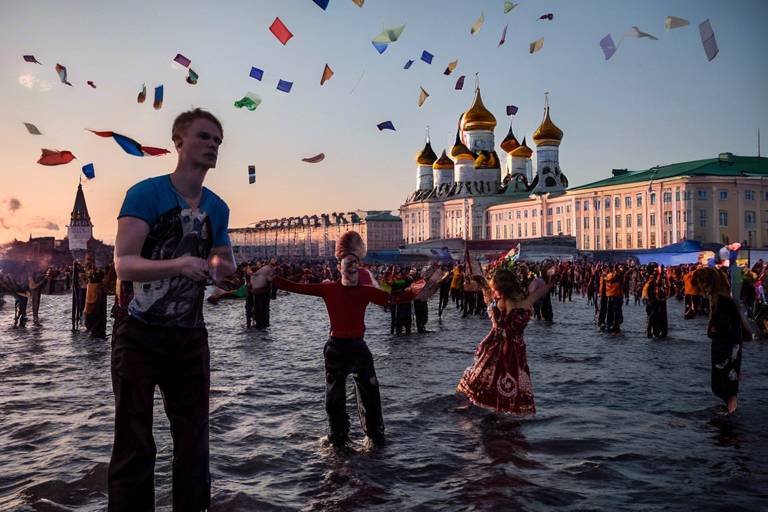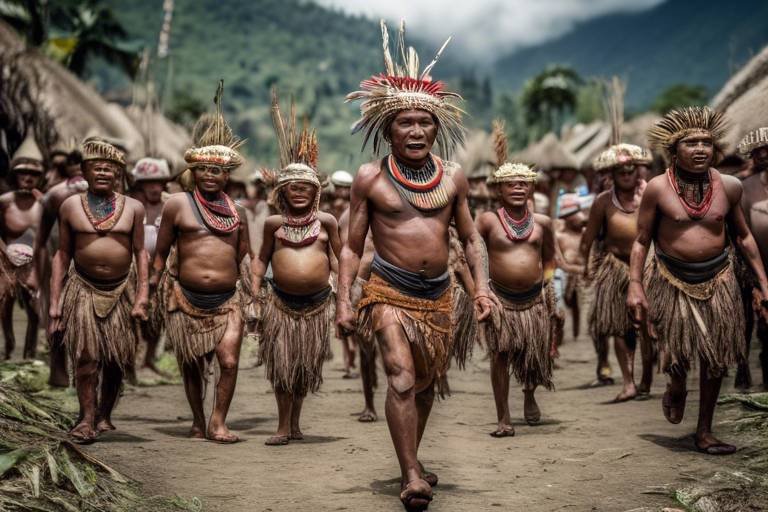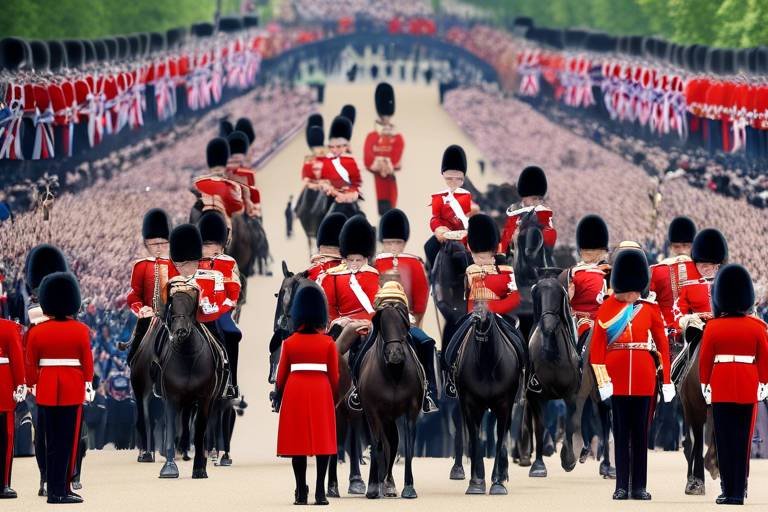Exploring the Mystical Celebrations of Mexico's Xantolo Festival
Are you ready to embark on a journey through the enchanting world of Mexico's Xantolo Festival? This mystical celebration, deeply rooted in ancient traditions and beliefs, offers a fascinating glimpse into the rich tapestry of Mexican culture. Let's delve into the origins, customs, and spiritual significance of this vibrant festival that honors the cycle of life and death in a truly unique way.

Origins of Xantolo Festival
The Xantolo Festival, also known as Dia de los Muertos or Day of the Dead, traces its origins back to ancient Mesoamerican civilizations such as the Aztecs, Mayans, and Toltecs. These indigenous cultures had a deep reverence for death, viewing it not as an end but as a natural part of the cycle of life. The festival evolved over centuries, blending pre-Hispanic traditions with Catholic influences brought by Spanish colonizers.
During the Aztec period, rituals honoring the dead were held for an entire month, but with the arrival of the Spanish, the festivities were merged with All Saints' Day and All Souls' Day, celebrated on November 1st and 2nd. This fusion of beliefs and practices gave rise to the vibrant and colorful celebration known as the Xantolo Festival as it is observed in modern-day Mexico.
The festival serves as a way for Mexican communities to remember and honor their ancestors, keeping their memories alive through joyful celebrations rather than somber mourning. It is a time to welcome the spirits of the departed back to the earthly realm, offering them food, drinks, and gifts to ensure their continued presence and blessings for the living.
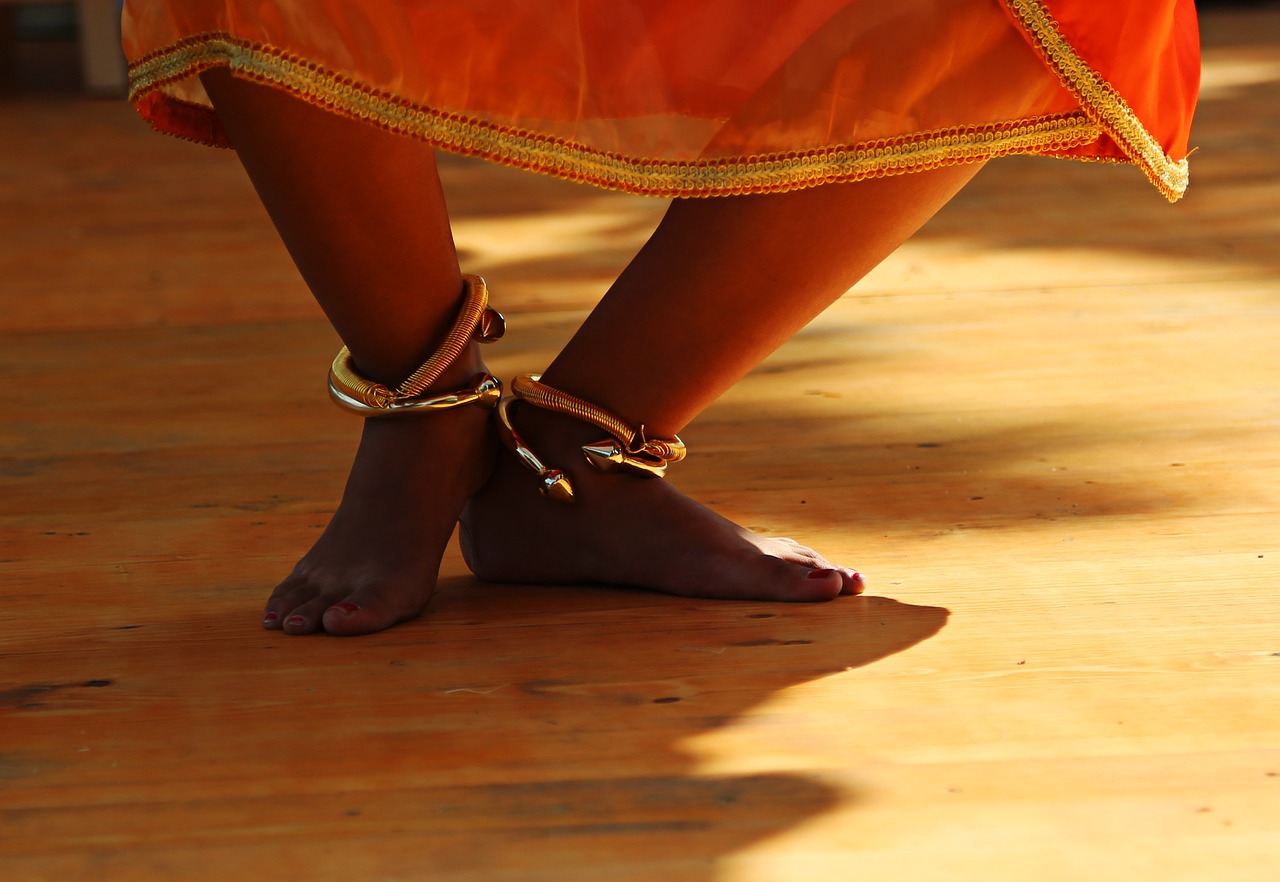
Traditional Customs and Rituals
The Xantolo Festival in Mexico is a vibrant and mystical celebration deeply rooted in indigenous traditions and beliefs. One of the most fascinating aspects of this festival is its that are observed with great reverence and joy.
During the Xantolo Festival, one of the most prominent customs is the creation of elaborate altars adorned with photographs of deceased loved ones, colorful decorations, and offerings of food and drinks. These altars serve as a focal point for families to come together and honor their ancestors.
Another significant ritual during the Xantolo Festival is the use of marigold flowers, known as cempasúchil in Spanish. These vibrant orange flowers are believed to guide the spirits of the departed back to the world of the living during the festival.
Colorful parades and processions are also a common sight during the Xantolo Festival, with participants dressed in traditional costumes and wearing intricate masks to represent spirits and ancestors. These parades are a lively and joyous celebration of life and death.
One of the most touching customs of the Xantolo Festival is the offering of favorite foods and drinks of the deceased at the altars. Families believe that by offering these items, they can provide comfort and sustenance to the spirits of their loved ones as they return to visit during the festival.
Moreover, the festival is a time for prayers, music, and storytelling as families gather to share memories and stories of their ancestors. This communal sharing of experiences helps to keep the memories of the departed alive and strengthens the bonds between generations.
In essence, the traditional customs and rituals of the Xantolo Festival serve as a beautiful and poignant way for families to honor their ancestors and celebrate the cycle of life and death in a spirit of love, remembrance, and unity.
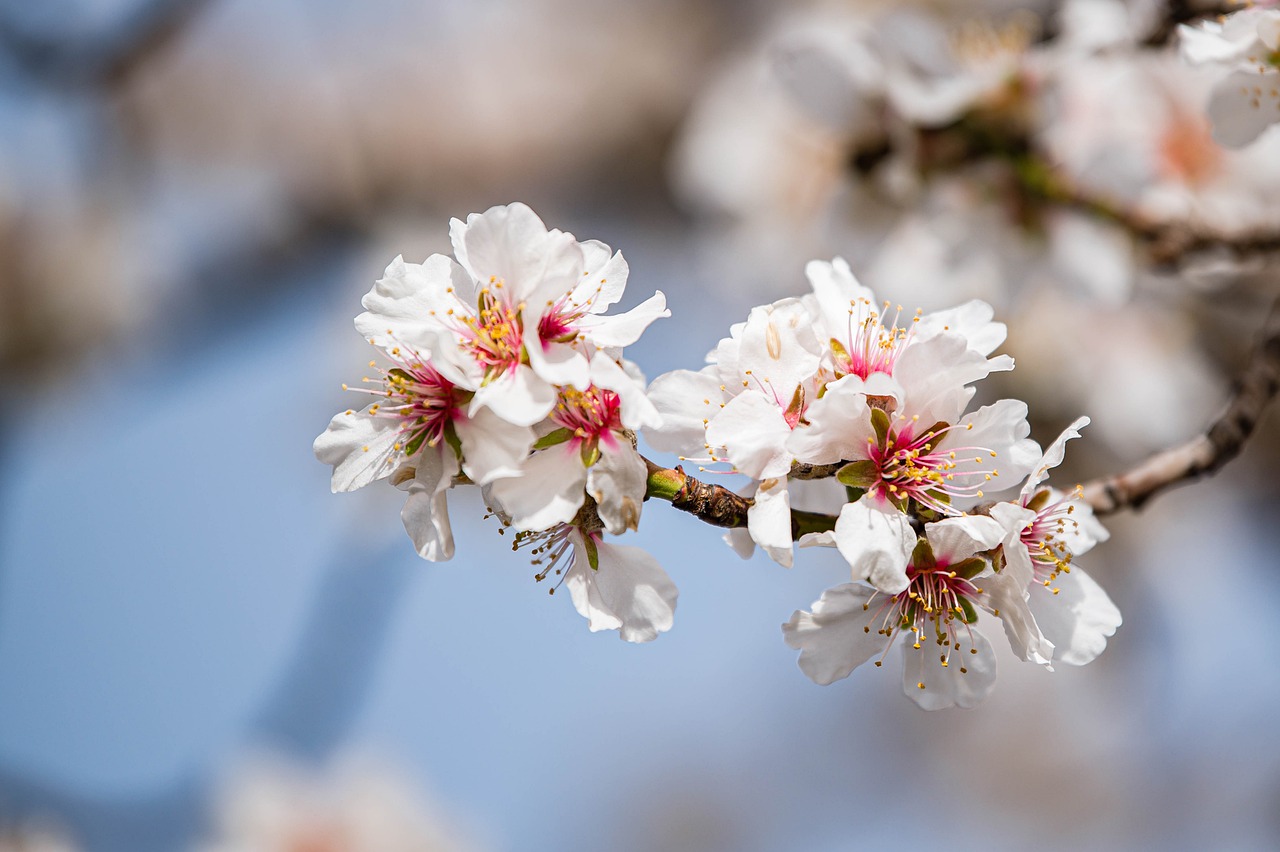
Regional Variations in Celebrations
The Xantolo Festival in Mexico is a vibrant celebration that showcases a diverse range of regional variations in its festivities. Each region of Mexico brings its unique cultural elements and traditions to the festival, creating a rich tapestry of celebrations that highlight the country's cultural diversity. From the bustling streets of Veracruz to the colorful parades of San Luis Potosi, the regional variations in the Xantolo Festival offer a fascinating glimpse into the local customs and practices that define each community's celebration of life and death.
In Veracruz, the Xantolo Festival is marked by lively processions through the streets, with participants dressed in elaborate costumes and masks representing spirits and ancestors. The streets come alive with music, dance, and the scent of traditional foods, creating a festive atmosphere that celebrates the connection between the living and the dead. Altars adorned with marigold flowers, candles, and photographs of deceased loved ones line the streets, inviting passersby to pay their respects and join in the celebration.
On the other hand, in San Luis Potosi, the Xantolo Festival takes on a more solemn tone, with families gathering in cemeteries to honor their ancestors with prayers and offerings. Elaborate altars are constructed with offerings of food, drink, and mementos, creating a sacred space for families to connect with their departed loved ones. Traditional dances and music fill the air, as communities come together to remember and celebrate the lives of those who have passed on.
Further south in Oaxaca, the Xantolo Festival is a colorful and vibrant affair, with indigenous traditions blending seamlessly with Catholic influences. Elaborate parades wind their way through the streets, featuring dancers in intricate costumes and masks, accompanied by music and fireworks. The scent of copal incense fills the air, as families visit cemeteries to clean and decorate the graves of their ancestors, creating a beautiful and reverent atmosphere of remembrance and celebration.
From the bustling markets of Mexico City to the quiet villages of Chiapas, the regional variations in the Xantolo Festival offer a glimpse into the diverse cultural landscape of Mexico. Each region brings its unique flair to the celebration, showcasing the creativity, resilience, and spirit of the Mexican people in honoring their ancestors and embracing the cycle of life and death.
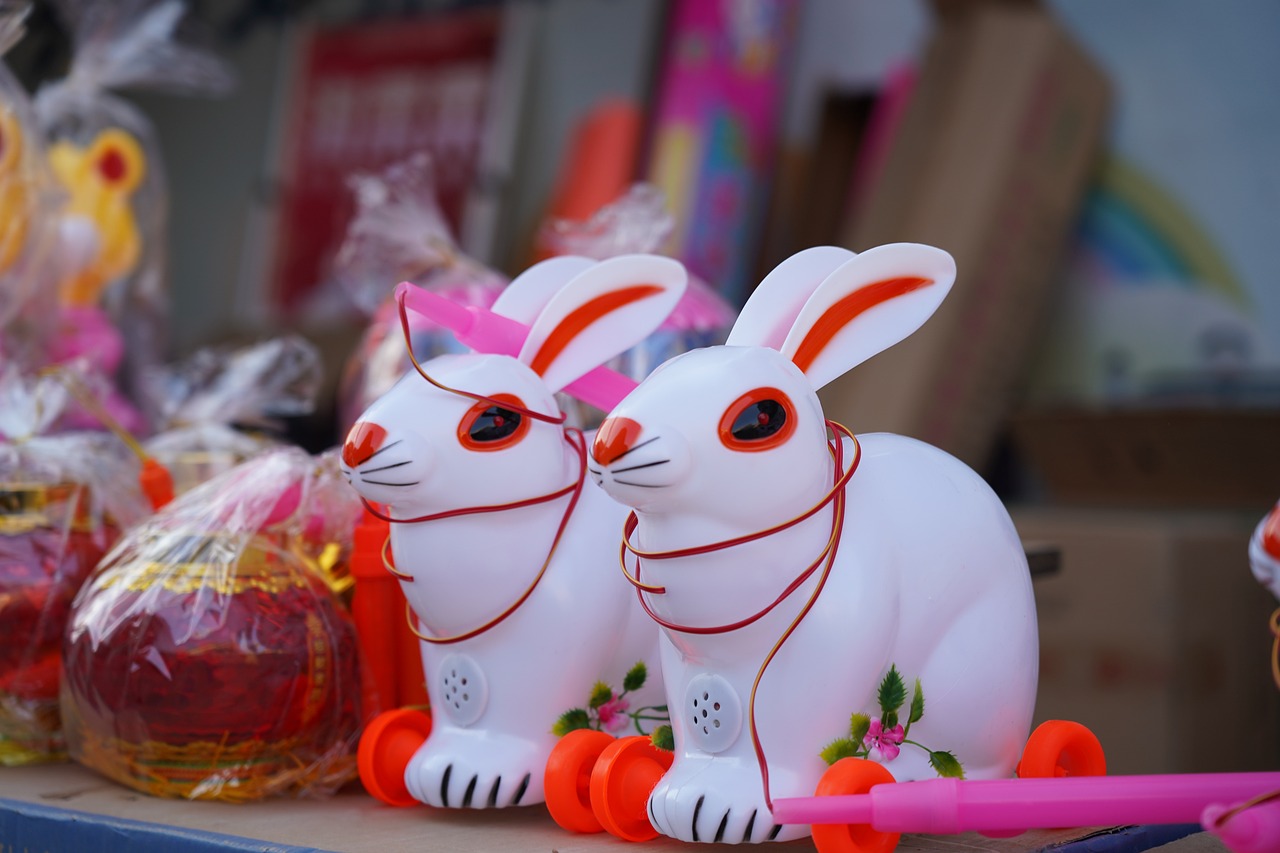
Role of Ancestral Remembrance
The in the Xantolo Festival is deeply rooted in the cultural fabric of Mexico, where honoring one's ancestors is a sacred tradition passed down through generations. Families gather during this time to pay homage to their departed loved ones, creating a spiritual connection that transcends the boundaries between the living and the dead.
One of the central customs during the Xantolo Festival is the creation of elaborate altars adorned with photographs, candles, incense, and the favorite foods and drinks of the deceased. These altars serve as a focal point for prayers and offerings, symbolizing the belief that the spirits of the departed return to visit their families during this special time.
Music and storytelling play a vital role in ancestral remembrance, with families sharing anecdotes and memories of their loved ones, keeping their spirits alive through the power of shared narratives. Traditional songs and musical performances add a poignant touch to the festivities, creating an atmosphere of reverence and celebration.
Another important aspect of ancestral remembrance is the culinary tradition of preparing special dishes that were favored by the departed. Families come together to cook and share meals, honoring the tastes and preferences of their ancestors, a gesture of love and respect that transcends the boundaries of life and death.
Through prayers, music, feasting, and storytelling, the Xantolo Festival serves as a powerful reminder of the enduring bonds that connect the living to their ancestors. It is a time to reflect on the continuity of life and the legacy passed down from one generation to the next, a celebration of the eternal cycle of existence that unites us all.
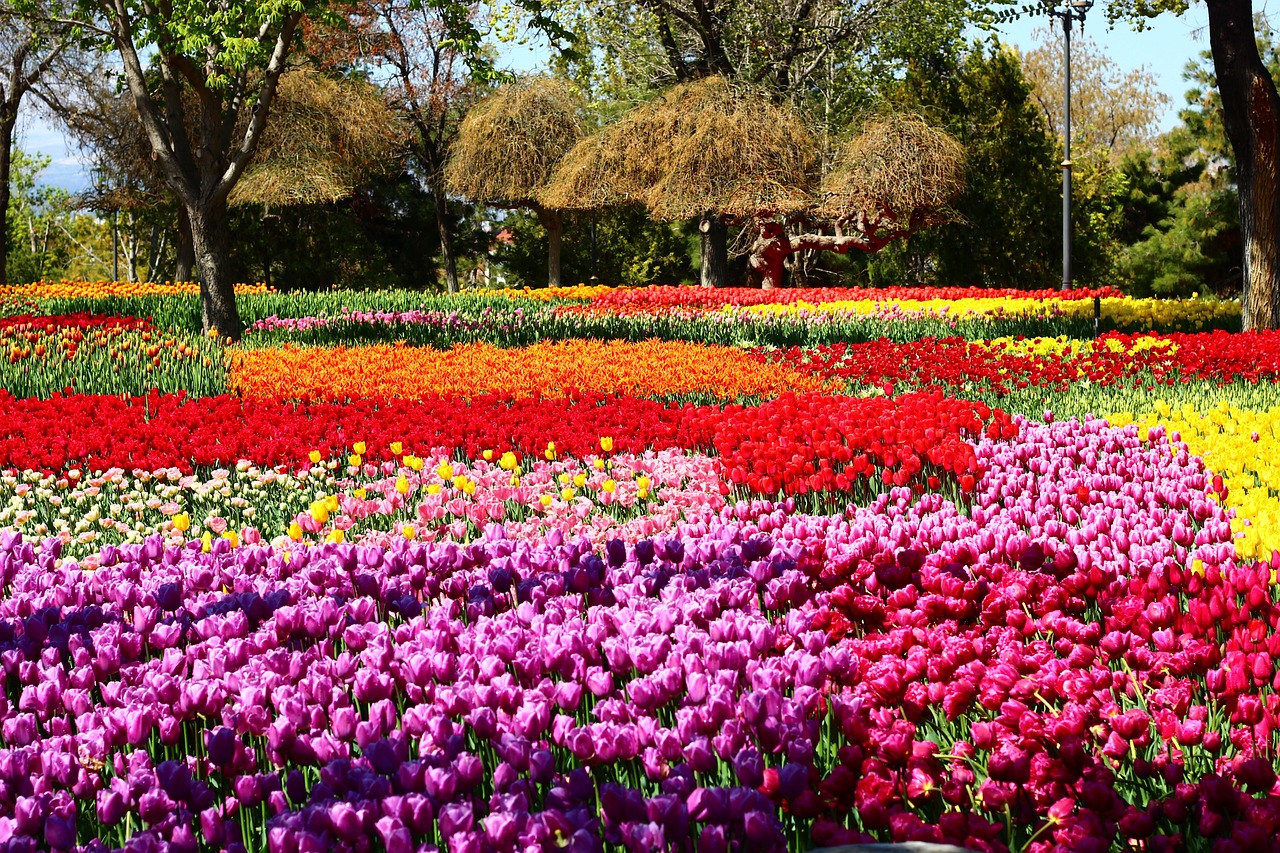
Contemporary Influences on Xantolo
As the ancient traditions of the Xantolo Festival continue to thrive, they are not immune to the winds of change blowing through modern society. The contemporary influences on Xantolo reflect a dynamic interplay between tradition and innovation, as the festival adapts to the evolving cultural landscape of Mexico.
One significant modern influence on the Xantolo Festival is the integration of Catholic elements into the indigenous rituals. Over the centuries, Catholicism has become intertwined with indigenous beliefs, resulting in a unique syncretism that is evident in the practices observed during the festival.
Furthermore, the rise of tourism has brought new opportunities and challenges to the Xantolo Festival. As more visitors flock to Mexico to experience the vibrant celebrations, local communities have had to navigate the delicate balance between preserving tradition and catering to the demands of a global audience.
The impact of social media and digital technology has also left its mark on the Xantolo Festival, with images and videos of the colorful parades and elaborate altars spreading rapidly across the internet. This increased visibility has helped to raise awareness of the festival on a global scale, attracting both admiration and scrutiny from a wider audience.
Despite these contemporary influences, the essence of the Xantolo Festival remains rooted in the deep connection to ancestral traditions and the celebration of life and death. The festival continues to evolve, embracing new ideas and practices while staying true to its cultural heritage and spiritual significance.
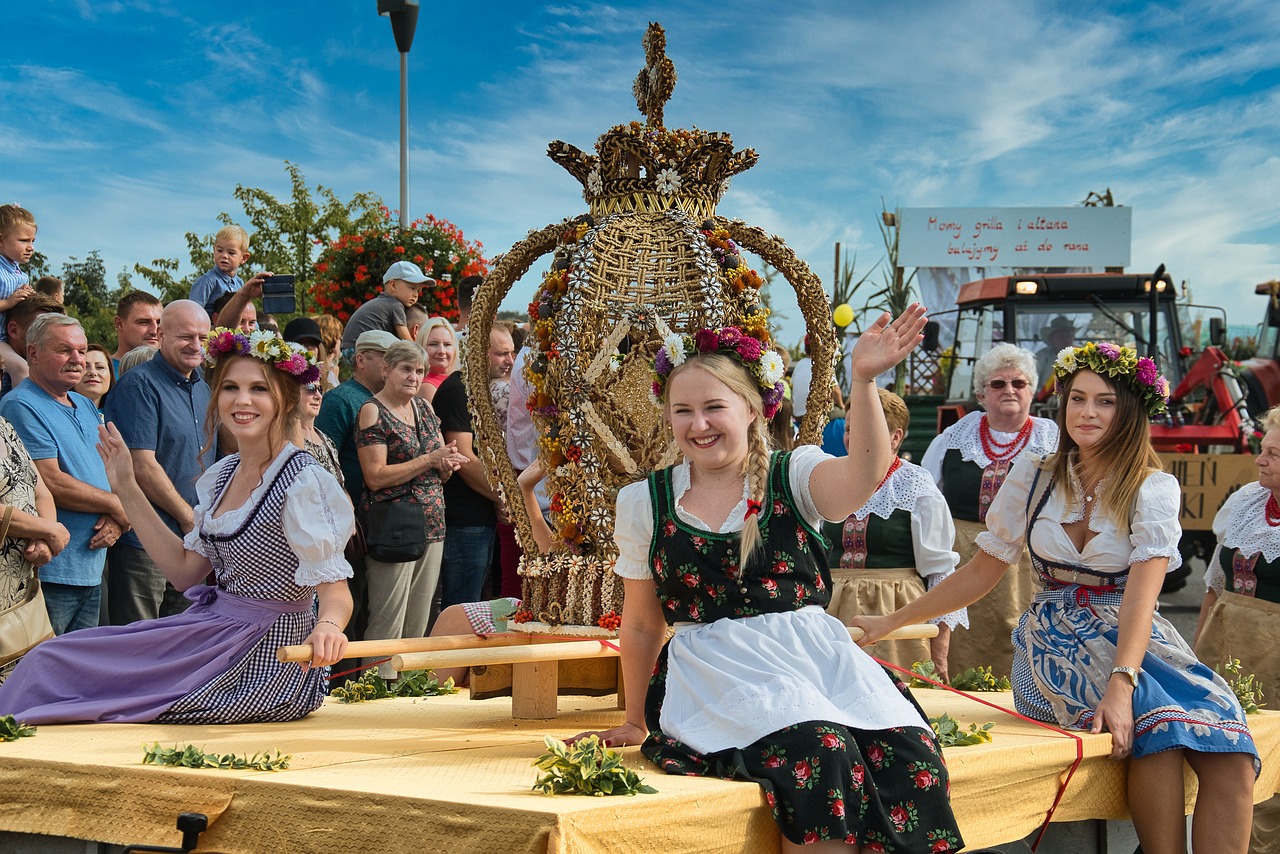
Artistic Expressions in Xantolo
Artistic expressions play a central role in the vibrant tapestry of Mexico's Xantolo Festival, showcasing the creativity and cultural richness of this ancient tradition. One of the most iconic artistic elements of the festival is the intricate sugar skulls, beautifully decorated with colorful designs and patterns. These sugar skulls not only serve as decorative pieces but also hold symbolic significance, representing the cycle of life and death.
Traditional costumes worn during the Xantolo Festival are another form of artistic expression, with each garment intricately designed to reflect the cultural heritage of the region. Vibrant colors, intricate embroidery, and elaborate headdresses are common features of these traditional costumes, adding a visual feast to the festivities.
Throughout the festival, vibrant murals depicting scenes of life, death, and the spiritual realm adorn the streets, creating a visual spectacle that immerses participants in the mystical atmosphere of the celebration. These murals not only serve as decorative pieces but also convey profound messages about the interconnectedness of life and death.
Performances during the Xantolo Festival are a dynamic form of artistic expression, with traditional dances and music filling the air with energy and rhythm. Dancers adorned in colorful costumes move gracefully to the beat of traditional music, captivating audiences and invoking a sense of joy and celebration.
Artistic expressions in Xantolo extend beyond visual and performing arts to include intricate altar displays, where families create elaborate arrangements of marigold flowers, candles, photos of deceased loved ones, and symbolic objects. These altars serve as a focal point for remembrance and reflection, inviting participants to connect with their ancestors in a deeply personal and artistic way.

Community Participation and Unity
Community participation and unity are at the heart of Mexico's vibrant Xantolo Festival, bringing people together in a shared celebration of life and death. During this mystical event, individuals from all walks of life join hands to honor their ancestors and commemorate the cycle of existence. The festival serves as a powerful reminder of the interconnectedness of humanity and the importance of coming together as a community to pay homage to those who have passed.
One of the most striking aspects of the Xantolo Festival is the way it fosters a sense of solidarity among participants. Families, friends, and even strangers come together to build elaborate altars, decorate graves, and participate in colorful parades, creating a sense of unity that transcends individual differences. Through collective efforts, the community transforms the festival into a vibrant tapestry of traditions, music, and art, weaving together the diverse threads of Mexican culture into a harmonious whole.
Participation in the Xantolo Festival is not merely a passive act but an active engagement with the shared history and heritage of Mexico. By taking part in the rituals and ceremonies, individuals contribute to the collective memory of the community, reinforcing bonds of kinship and solidarity that have been passed down through generations. In this way, the festival becomes a living expression of the values and beliefs that unite the people of Mexico, transcending barriers of time and space.
Through their involvement in the Xantolo Festival, participants not only honor the past but also look towards the future with hope and optimism. The sense of togetherness and camaraderie that permeates the event serves as a source of strength and inspiration, reminding individuals of the power of community in times of joy and sorrow. As people come together to celebrate life and death in all its complexity, they forge connections that endure beyond the festival itself, creating a lasting legacy of unity and shared purpose.

Spiritual Significance of Xantolo
The Xantolo Festival holds deep spiritual significance for participants, serving as a profound reminder of the interconnectedness between the living and the departed. It is a time when the veil between the physical world and the spiritual realm is believed to be at its thinnest, allowing for a communion with ancestors and a reflection on the cyclical nature of life and death.
During Xantolo, families gather to pay homage to their ancestors, creating altars adorned with photographs, candles, incense, and marigold flowers. These offerings symbolize respect, love, and remembrance for those who have passed on, fostering a sense of continuity and connection across generations.
Prayers, chants, and songs are performed to honor the spirits of the deceased, inviting them to join in the festivities and partake in the offerings laid out for them. Through these rituals, participants seek to maintain a spiritual bond with their loved ones, seeking guidance, protection, and blessings from the otherworldly realm.
The act of celebrating death as an integral part of life underscores the spiritual philosophy of Xantolo, encouraging individuals to embrace mortality as a natural and inevitable transition. By confronting the reality of death with reverence and acceptance, participants are reminded to live fully in the present moment, cherishing the memories of the past and embracing the mysteries of the future.
Through the spiritual lens of Xantolo, participants are invited to contemplate the impermanence of existence, the eternal cycle of birth and rebirth, and the universal interconnectedness of all beings. It is a time of introspection, gratitude, and spiritual renewal, offering a unique opportunity to connect with the divine, the ancestral, and the eternal essence of life itself.
Frequently Asked Questions
- What is the significance of the marigold flowers in the Xantolo Festival?
The marigold flowers, also known as cempasúchil, hold a special significance in the Xantolo Festival as they are believed to guide the spirits of the deceased back to the world of the living. Their vibrant color and strong scent are thought to attract and honor the souls of loved ones during this sacred time of remembrance.
- How do families typically honor their ancestors during the Xantolo Festival?
During the Xantolo Festival, families honor their ancestors by creating elaborate altars, known as ofrendas, adorned with photos, mementos, favorite foods, and drinks of the departed. They also light candles, burn incense, and offer prayers to ensure the spirits feel welcomed and cherished.
- What role does music and dance play in the Xantolo Festival?
Music and dance are integral components of the Xantolo Festival, with lively performances and traditional dances adding to the festive atmosphere. These artistic expressions not only entertain but also serve as a form of cultural preservation, showcasing the rich heritage and traditions of Mexico.
- How has modernization impacted the traditional aspects of the Xantolo Festival?
Modernization has brought changes to the Xantolo Festival, with influences from Catholicism and tourism shaping certain customs and practices. While some traditional elements remain strong, there is a blend of old and new as the festival adapts to contemporary trends and global influences.
- What can visitors expect when attending the Xantolo Festival?
Visitors to the Xantolo Festival can expect a vibrant and colorful celebration filled with music, dance, delicious food, and artistic displays. They will witness a unique blend of ancient rituals and modern festivities, offering a glimpse into the rich cultural tapestry of Mexico's traditions.



